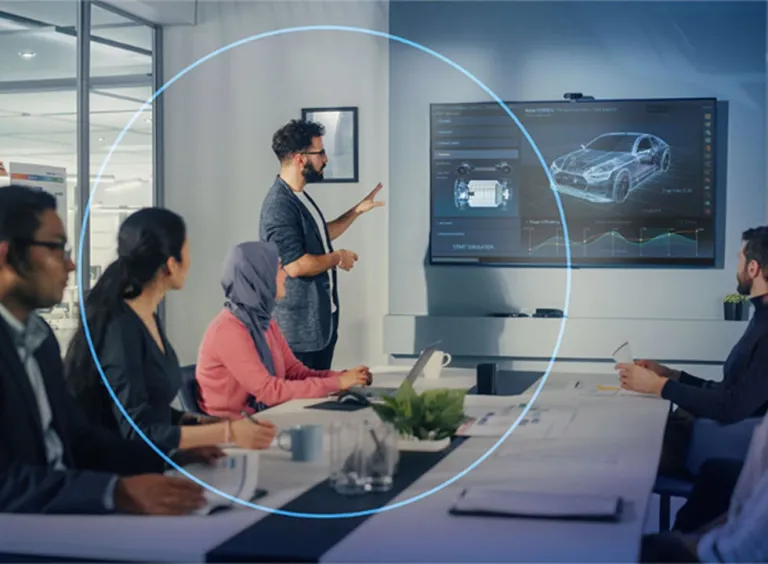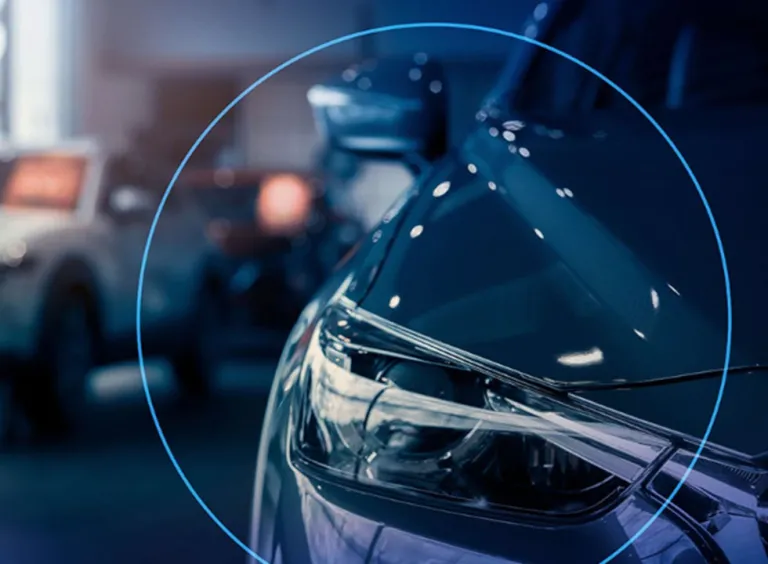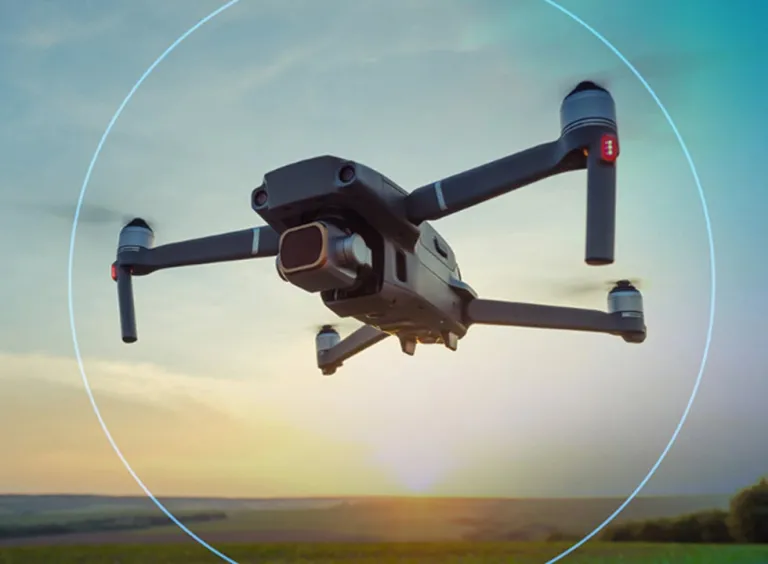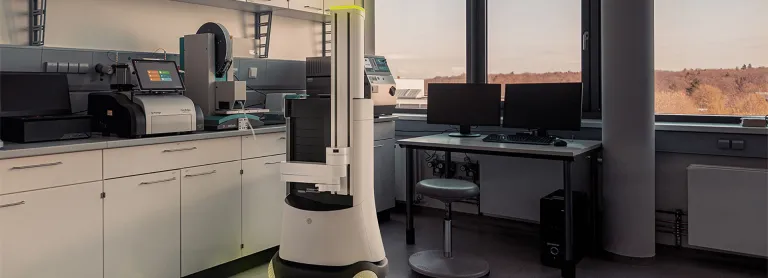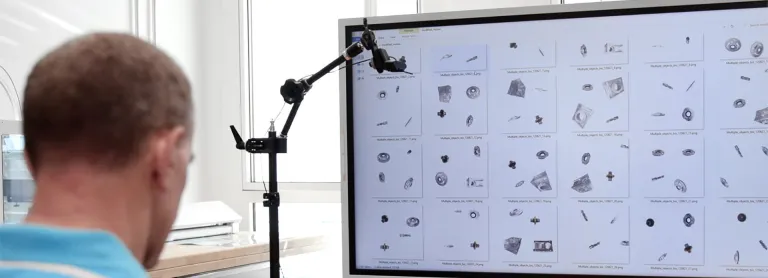Computer Generated Imagery Services
An Award-winning Storytelling
What is Computer-Generated Imagery?
Computer-Generated Imagery (CGI) is the creation of still or animated visual content using computer software. It encompasses a wide range of visual effects, including 3D modeling, animation, and rendering. CGI is used in various fields, such as film, video games, advertising, and virtual simulations, to produce realistic or imaginative images and animations that might be difficult or impossible to capture with traditional methods.
Where Imagination Meets Reality
For over two decades, our award-winning artists and storytellers have crafted unique brand-centric Computer-Generated Imagery (CGI) content. From initial shoots to pixel-level refinement, our teams deliver expertise for breathtaking images, animations, and top-notch cinematic productions. We handle every aspect: environments, camera configuration, lighting, rendering, compositing, and retouching - ensuring excellence across every project. Collaborate with our team for your upcoming product launch, media campaign, or event, wherever your product demands attention.
Key Benefits of CGI Software
Save Time & Resources
Leverage our global team of experts to create remarkable CGI
Visual Quality
Craft compelling stories and elevate brand identity
Security
Gain the advantage of robust IP and data protection
Storytelling
Unleash limitless storytelling possibilities - if you can dream it, we can do it
Applications of Computer-Generated Imagery Across Industries
Start Your Journey
The world of Computer Generated Imagery is changing. Find out how 3DEXCITE can help.
FAQ about CGI & Computer-Generated Graphics
Also Discover
Learn What 3DEXCITE Can Do for You
Speak with a 3DEXCITE expert to learn how our solutions enable seamless collaboration and sustainable innovation at organizations of every size.
Get Started
Courses and classes are available for students, academia, professionals and companies. Find the right 3DEXCITE training for you.
Get Help
Find information on software & hardware certification, software downloads, user documentation, support contact and services offering

